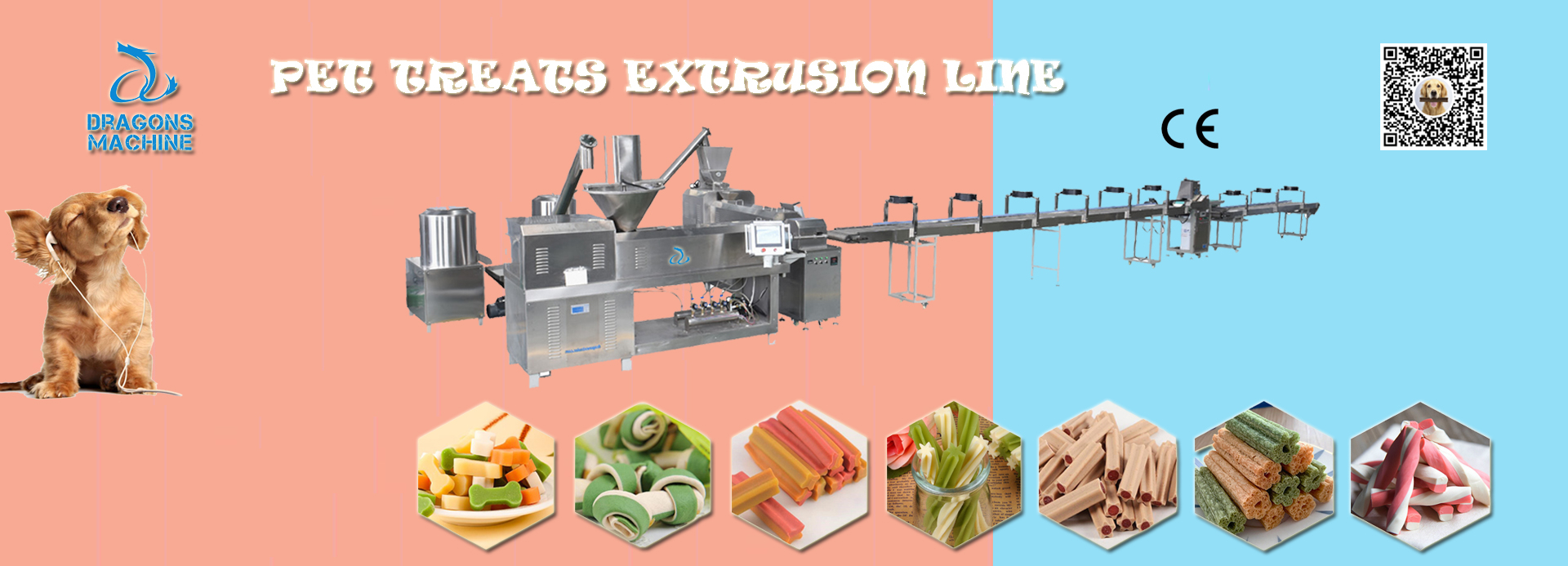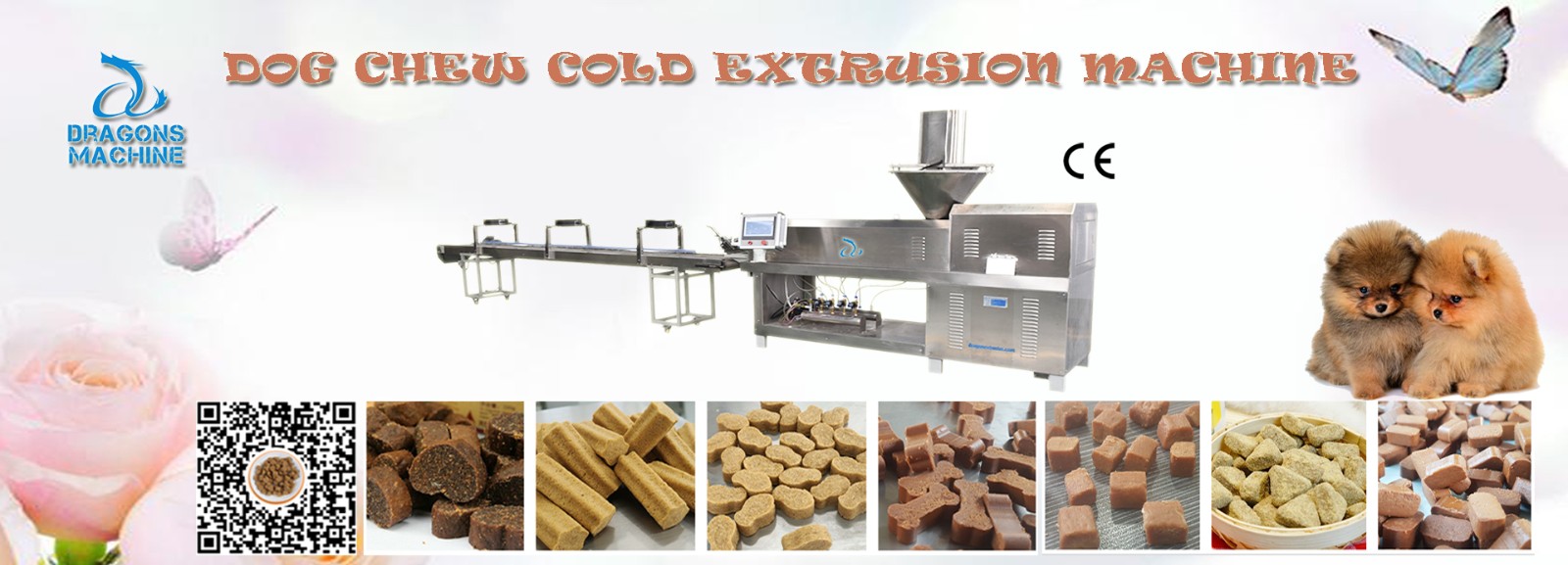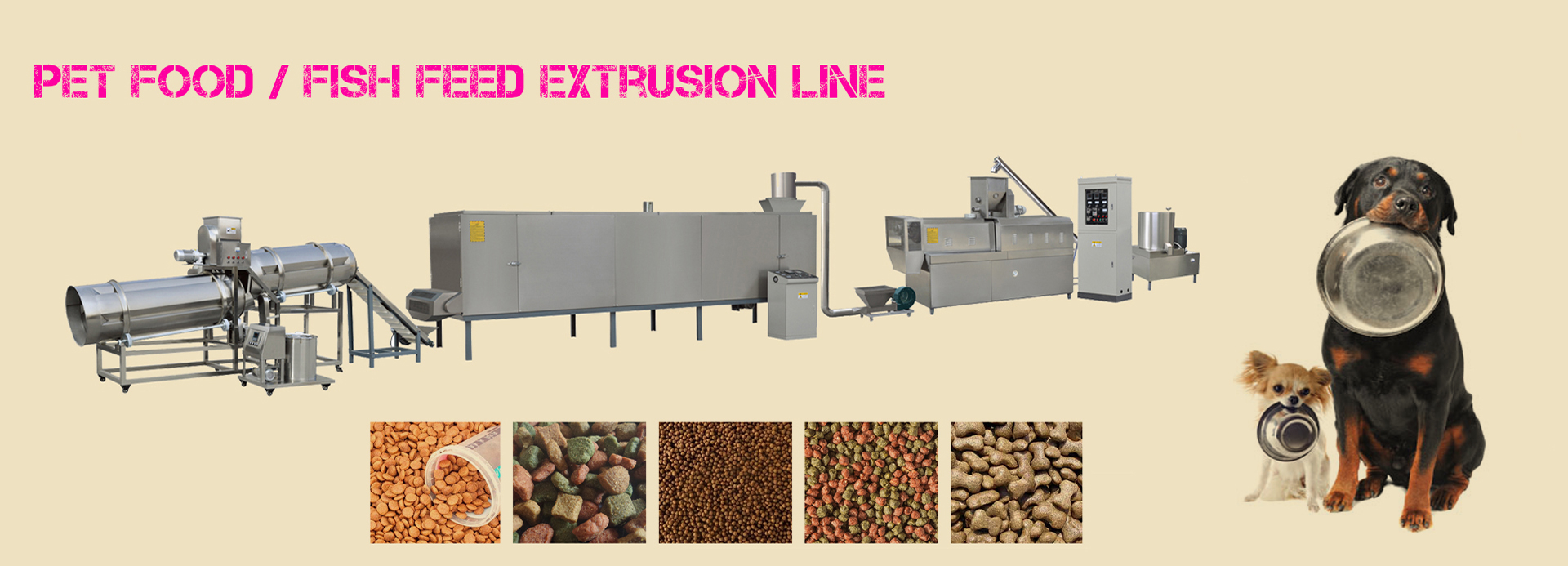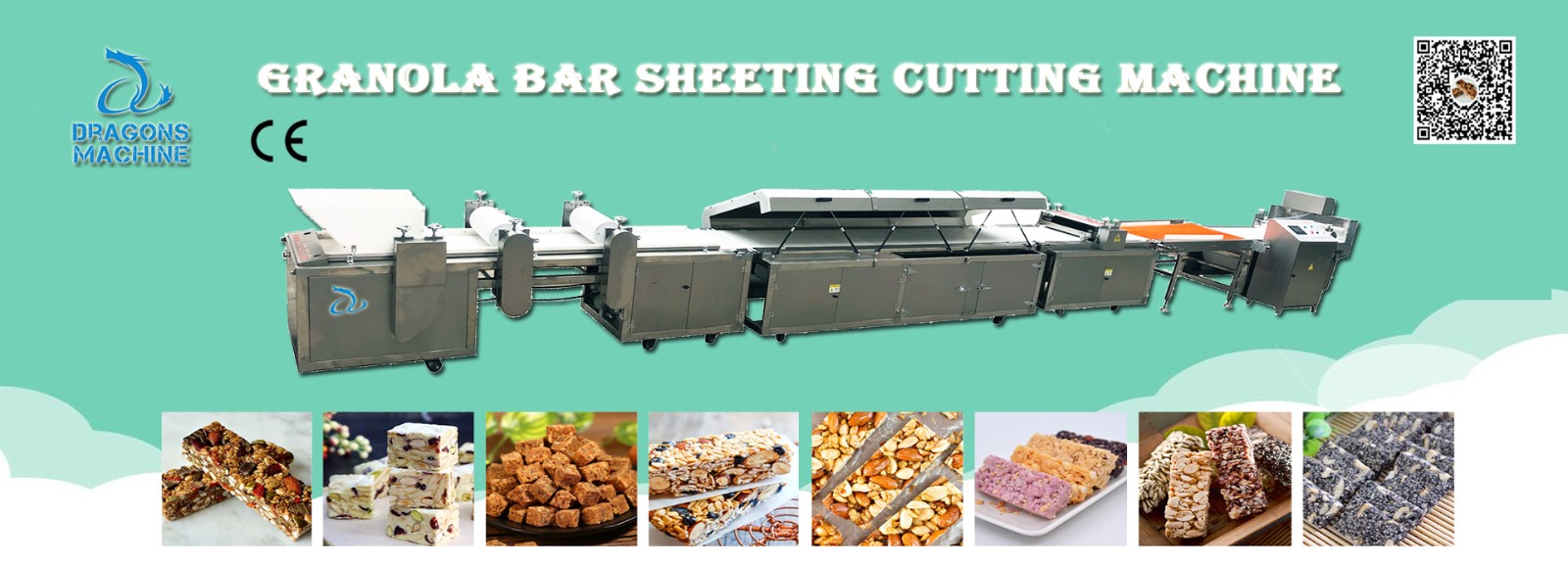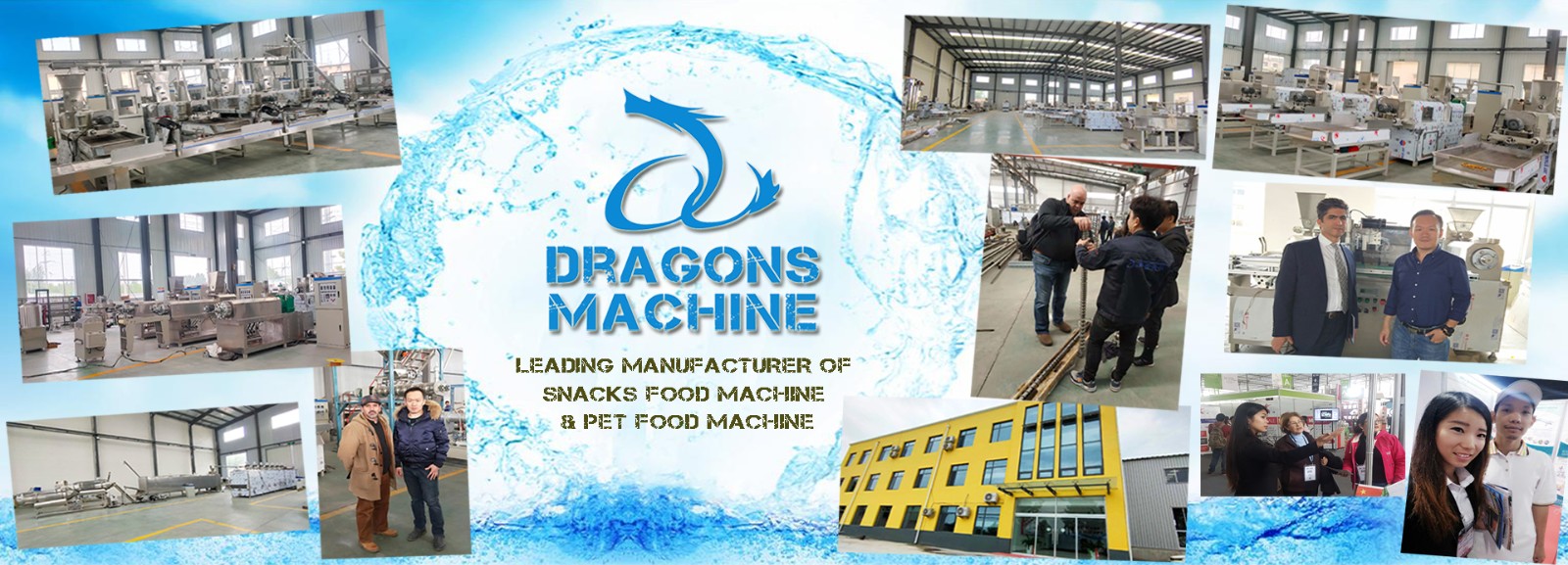The process flow of corn flakes involves several stages, from raw material preparation to final packaging. This process utilizes extrusion technology to transform corn flour or cornmeal into the familiar crispy and flaky breakfast cereal. Below is a detailed explanation of each step in the corn flakes production process:
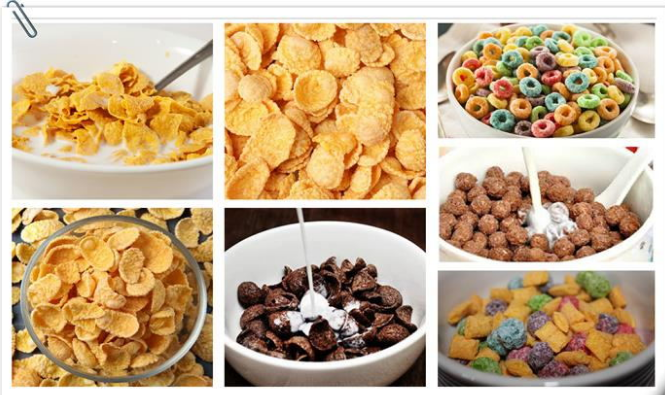
1. Raw Material Preparation:
The process begins with the preparation of the raw materials, which primarily consist of corn kernels. The corn kernels are cleaned to remove impurities such as stones, dust, and husks. After cleaning, the corn is typically soaked in water to increase its moisture content, making it easier to grind into a fine cornmeal or flour.
2. Grinding:
The soaked corn kernels are then ground into a fine cornmeal or flour using a milling machine. The grinding process ensures that the corn particles are of a uniform size, which contributes to the consistency of the final corn flakes.
3. Mixing and Conditioning:
The ground cornmeal or flour is mixed with water in a mixing chamber to form a thick paste. This paste is then conditioned in a pre-conditioner, where it is heated and moistened. Conditioning is important for hydrating the starches in the cornmeal and creating the desired texture and consistency of the corn flakes.
4. Extrusion:
The conditioned corn paste is fed into an extruder, which is the heart of the corn flakes production process. The extruder consists of a barrel with a screw mechanism that pushes the corn paste through a die. The corn paste is subjected to high temperature, pressure, and shear forces as it passes through the extruder. This heat and pressure cook the corn paste and cause it to expand and gelatinize.
5. Shaping:
As the corn paste exits the extruder through the die, it takes on the shape of the die's openings. These openings are usually in the form of thin, flat strips, resembling the shape of corn flakes. The extruded corn paste is cut into desired lengths using rotating knives, creating individual corn flakes.
6. Drying:
The freshly shaped corn flakes undergo a drying process to remove excess moisture and increase their shelf life. The corn flakes are typically conveyed through a dryer, where hot air is circulated to remove moisture. The drying process is carefully controlled to ensure that the corn flakes reach the desired moisture content without overcooking or burning.
7. Toasting:
Toasting gives corn flakes their characteristic golden color and enhances their flavor. The dried corn flakes are conveyed through a toasting oven or a toaster, where they are exposed to controlled heat. The toasting process caramelizes the sugars present in the corn flakes, resulting in a pleasant aroma, color, and taste.
8. Cooling:
After toasting, the corn flakes are cooled down to room temperature to prevent them from sticking together. They are typically passed through a cooling chamber or conveyed on a conveyor belt while cool air is circulated around them.
9. Packaging:
Once the corn flakes have been cooled, they are ready for packaging. The corn flakes are weighed, and then they are typically packed in airtight packages, such as boxes or plastic bags, to maintain their freshness and crispiness. The packages may also include additional information such as nutritional content, branding, and storage instructions.
Throughout the process flow, quality control measures are implemented to ensure the consistency, taste, texture, and nutritional value of the corn flakes. Parameters such as moisture content, thickness, color, taste, and nutritional content are regularly monitored and adjusted as needed.
It's important to note that variations in the corn flakes process line can occur based on the specific equipment and techniques used by different manufacturers. However, the general process flow outlined above provides an overview of the steps involved in producing corn flakes using extrusion technology.
















